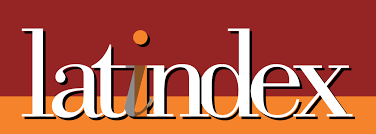Submissions
Submission Preparation Checklist
As part of the submission process, authors are required to check off their submission's compliance with all of the following items, and submissions may be returned to authors that do not adhere to these guidelines.- The text has spacing 1.5; 12 point font size; italics are used instead of underlining (except in URLs); and all illustrations, figures, and tables are placed in the appropriate places in the text, rather than at the end.
- Authors must cite in Chicago style.
Between books
Short personal essay. Twice a year the editorial note will be in charge of the Library (on those occasions the section will be called Between books) and twice a year by the Newspaper Library (on those occasions it will be called Las mesas de lead).
Imaginary Museum
Medium-length didactic essay (with the use of text and image) on an element of the archives of the Newspaper Library or the Library, or a historical event as it is represented by the archives.
Copyright Notice
Those authors who have publications in the Bulletin of the National Library of Mexico accept the following terms:
The authors will retain their copyright and will guarantee the journal the right of first publication of their work, which will be simultaneously subject to the Creative Commons Acknowledgment License that allows third parties to share the work as long as its author and first name are indicated. publication in the Bulletin.
The authors may adopt other non-exclusive license agreements for the distribution of the version of the published work (for example: deposit it in an institutional telematic archive or publish it in a monographic volume) provided that the initial publication in the Bulletin is indicated.
Authors are allowed and recommended to disseminate their work through the Internet (for example: in institutional telematic archives or on their website) before and during the submission process, which can lead to interesting exchanges and increase citations of the published work.
http://servicioseditoriales.unam.mx/taller_ojs33013/index.php/r16/libraryFiles/downloadPublic/10
Privacy Statement
The names and email addresses entered in this journal site will be used exclusively for the stated purposes of this journal and will not be made available for any other purpose or to any other party.




